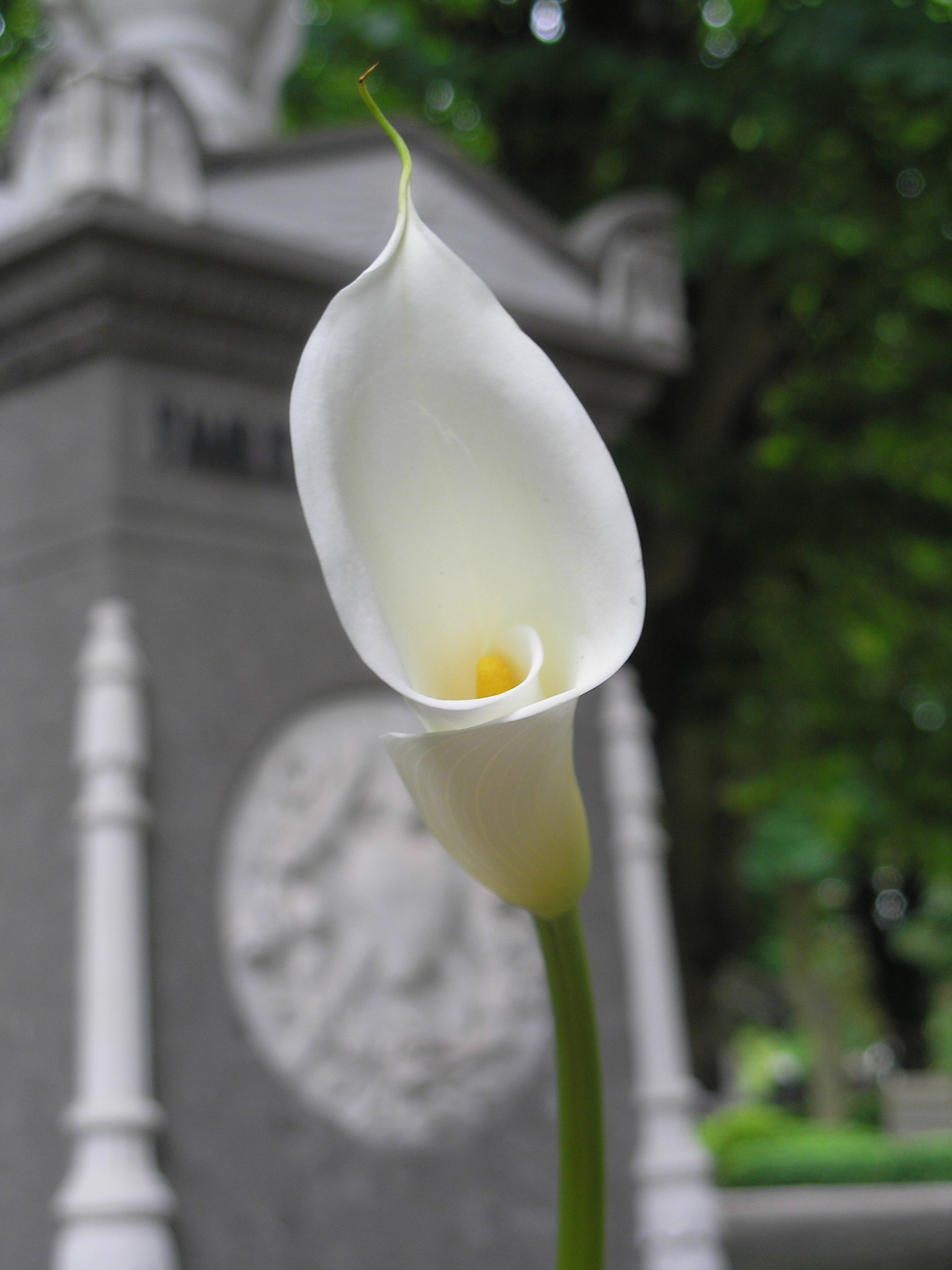A funeral is probably one of the most emotional processes to ever have to plan. It can be extremely stressful and is not a process that is discussed and taught during most of life. Your local funeral director can help you plan in detail, but it’s always worth doing a bit of research and having a good idea of your loved one’s wishes before you go.
Funeral parts
Every funeral has a number of steps and parts. Here is a quick rundown of everything you need to be aware of in the planning stages.
-
Obituary
An obituary is like a small advert placed in a newspaper to state the death of your loved one. In a local paper, there are a limited amount of words available, so think carefully before submitting.
-
Funeral Home/Director
Choosing the right funeral home or director is quite important. All funeral directors aim to be compassionate and empathetic and to ease the process for you.
-
The Disposition type
The disposition is the final act of burial or cremation. Burials can consist of a religious ceremony within a religious resting place, a non-religious burial, or a green burial style. Cremation, on the other hand, is the burning of a body. Some more interesting manners of disposition can include burial at sea, but extra licences may be required.
-
Service
What kind of service would your loved one like? A humanist, non-religious? A religious service? A traditional vs non-traditional or a complete celebration of their life? Companies such as exithere.com have an excellent range of service types available for planning.
-
Casket, Coffin or Urn
In the last few years, the types of coffin and casket available have really exploded. Everything from the traditional pine to the more recent wool is available to you and your loved one. For a cremation, it is up to you to choose an urn, the container the remains will be in when they are returned to you. Urns come in as wide a variety as coffins and caskets. They range from the very simple metal canister to the beautifully hand-turned wood. As well as being a memorial piece, urns are becoming art pieces in their own right. Be sure to check out this website on what a simple cremation cost.
-
Grave Marker
Grave markers come in different forms depending on your needs. From elaborate headstones to more understated small stone boulders, the grave marker indicates the final resting place of your loved one. For non-burial funerals, there are often memorial walls with spaces for metal plaques at crematoriums.
-
Location
Probably the easiest decision to make for most, where the deceased is interred must be on the checklist. Place of interment may also dictate a timetable depending on their popularity and size.
-
Flowers
Lots of funeral directors have links with local florists and can call on them to create some beautiful displays for the funeral you are planning.
-
Music
Funerals usually require music to be played and this is usually the request of the deceased. Music can be played through a sound system or sung. Music can be traditional (hymns/classical) or less traditional depending on the style of your loved one.


